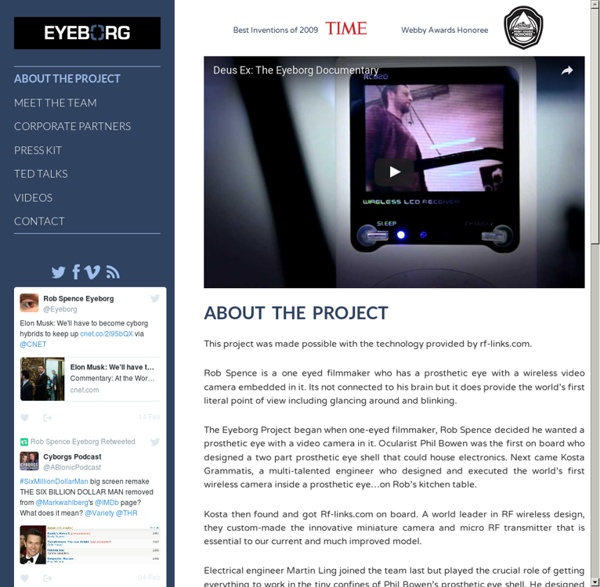



AliveCor Turns Mobile Devices Into Low-Cost Heart Monitors, Raises $3 Million AliveCor, developer of a low-budget electrocardiogram (ECG) recorder that works in conjunction with a variety of mobile platforms (including iPhone, iPad, and Android devices), has raised $3 million in Series A funding, the company announced this morning. The financing round was led by Burrill & Company along with Qualcomm, acting through its venture investment arm, Qualcomm Ventures, and the Oklahoma Life Science Fund. AliveCor’s credit card-sized wireless device is capable of turning iOS and Android smartphones and tablets into low-cost heart monitors that can be used by patients at home and by physicians and other healthcare providers in a clinical setting. See video below for a demo of the iPhone version. Note that the device isn’t for sale yet – AliveCor’s products haven’t yet been cleared as a medical device in the United States. It’s also unclear exactly how much it will cost, but earlier coverage by the Wall Street Journal mentioned a $100 price point.
HealthSpot | HealthSpot produces a telemedicine medical kiosk for remote medical care and retail clinics that may improve outcomes and care coordination while addressing readmissions, ED overuse, urgent care misuse and reducing expenses by enabling practi Health Tracking Gets More Up-Close And Personal With Tiny Blood Monitor Implant I thought it was impressive that Withings now offers an affordable home scale that tracks your body fat percentage and heart rate, but scientists have developed a tiny Bluetooth-capable blood monitoring device that resides comfortably under the skin, according to the BBC this morning. It’s likely to go into testing with intensive care patients soon, but it’s an example of how intense home health monitoring could get over the course of the next few years. The device was created by a team of Swiss medical scientists, and is designed to be installed (that really is the most appropriate term here) in a patient’s abdomen, leg or arm skin, using only a needle. It can last for months, and reports back information about blood glucose and cholesterol levels, so as you might imagine it would be extremely useful for patients with chronic conditions like diabetes who are used to having to draw blood on a much more regular basis.
imedipac.com medissimo Since 2004, medissimo provides more than 700 pharmacists and partners, including nursing homes, pill dispenserses devices associated with their information system as well as materials for their preparation and use. medissimo was founded from an ambition : decrease drug iatrogenic effects due to drug bad consumption. This is particularly the case in nursing homes, but it also exists for more than one million patients staying at home with chronic illnesses. This inappropriate consumption is the direct cause of over 5,000 deaths and over 130,000 hospitalizations days per year in France. Through an active policy of research and development, medissimo innovates, develops and distributes a practical solution for good patient compliance. With the communicating device imedipac, medissimo offers the world first device with shared real-time adherence and invents a new standard in health connected devices with the first communicating smart pill box. The medissimo smart pill box Investors
Home - Hocoma Honeywell Life Care Solutions Medical Alert System | MobileHelp® Raiing Medical Company